The escape
of Hubert Hohlbein
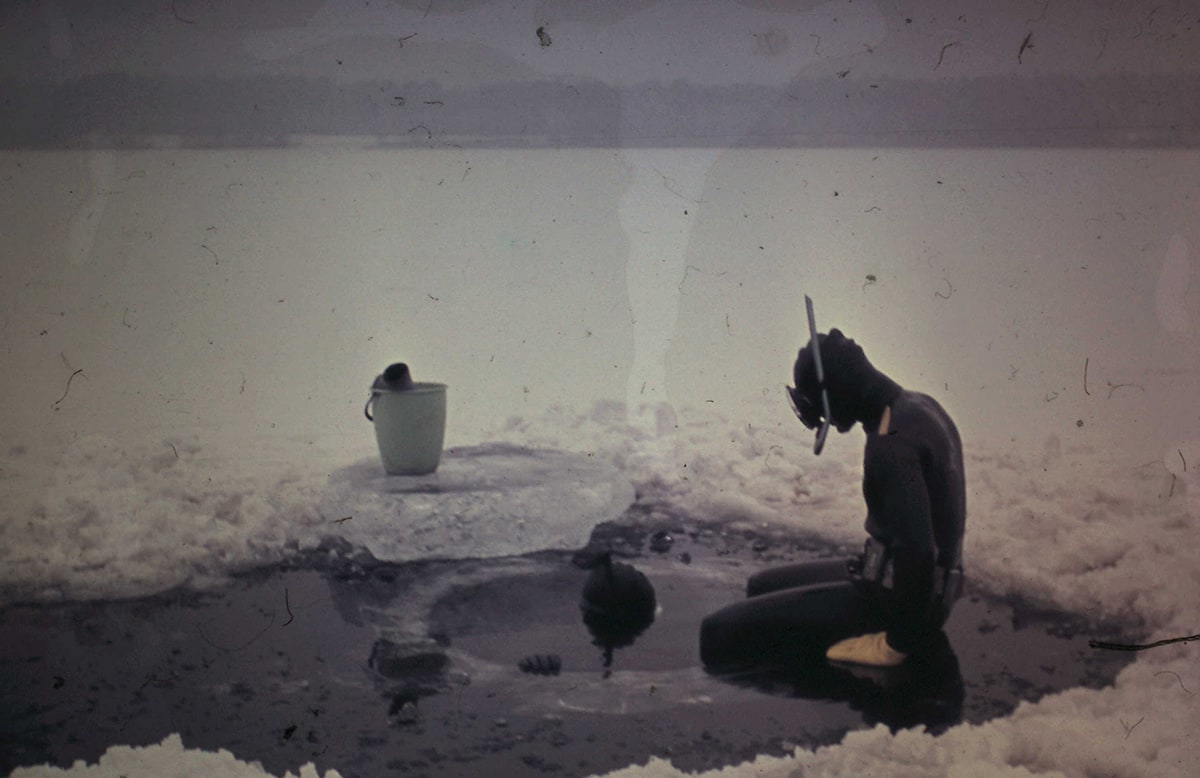 Hubert Hohlbein trains with a friend for his imminent escape (winter of 1962–3) - Photo: Privatbesitz, Jürgen Fuß
Hubert Hohlbein trains with a friend for his imminent escape (winter of 1962–3) - Photo: Privatbesitz, Jürgen Fuß
On the night of November 21, 1963, Hubert Hohlbein silently glided through the waters of Jungfernsee, nearby the then disused café-restaurant in the Meierei and not far from Cecilienhof Palace. Dressed in a diving suit, the 21-year-old swam as quietly as he could through the cold boundary waters of the lake. A weight belt enabled him to stay underwater. He had to avoid attracting attention, given the considerable risk that East German border guards would see him and open fire. One and a half hours later, an exhausted Hubert Hohlbein reached the shores of Wannsee, not far from Glienicke Bridge. His escape to West Berlin was successful.
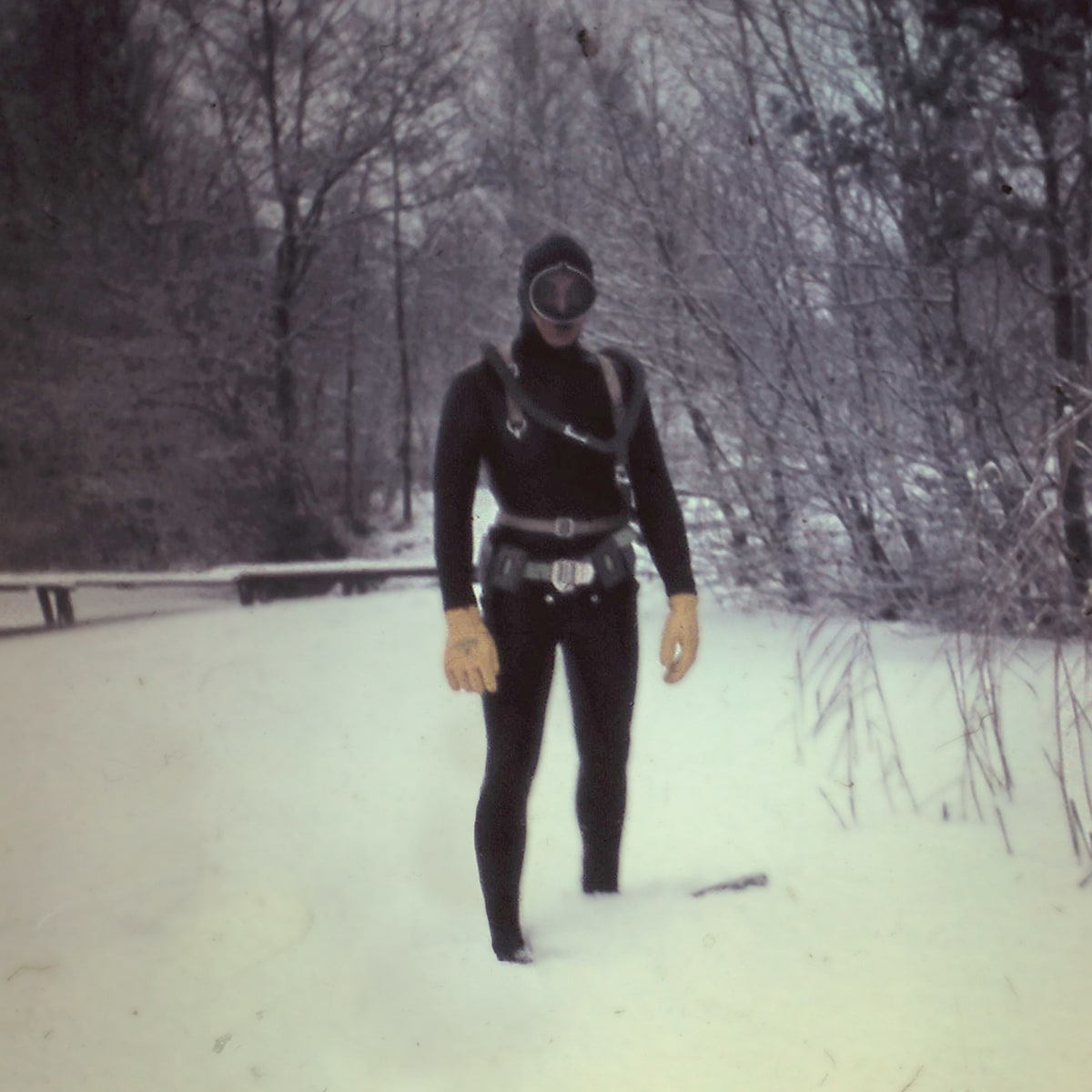 Hubert Hohlbein trained for his escape. Equipped with a diving suit and weight belt, he swam across Jungfernsee to West Berlins - Photo: Privatbesitz, Jürgen Fuß
Hubert Hohlbein trained for his escape. Equipped with a diving suit and weight belt, he swam across Jungfernsee to West Berlins - Photo: Privatbesitz, Jürgen Fuß
Hubert Hohlbein was stunned when the borders were sealed off in Berlin, depriving him of his last loophole to freedom. Together with friends he devised a plan to flee to West Berlin and escape the dictates of the SED state. They intended to sneak through boundary waters, at a spot that was hard to patrol for East German border troops. The young men got diving suits and secretly learned how to swim and scuba-dive under ice, practicing in the waters in and around Berlin. Two of his friends were successful, escaping via Jungfernsee. Hubert Hohlbein was the third to use this escape route to get to the Western half of the divided city.
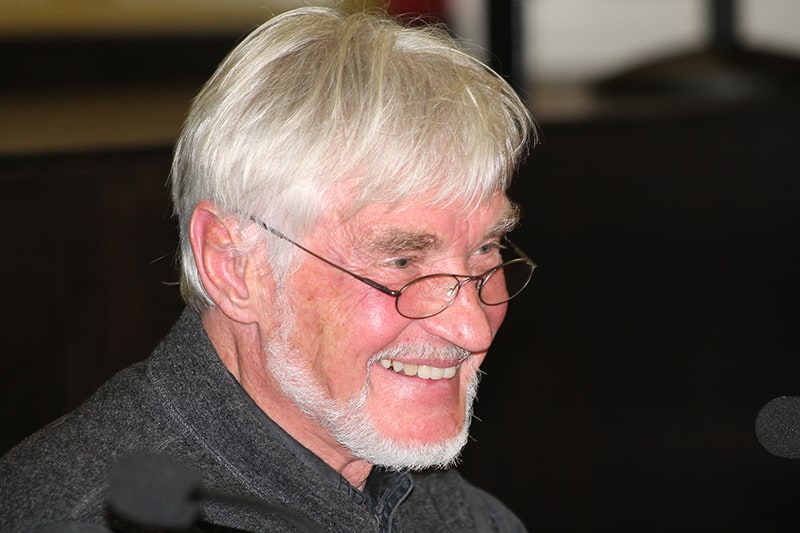 Hubert Hohlbein in conversation at the Zeitzeugencafé of the Berlin Wall Memorial - Photo: Stiftung Berliner Mauer, Martin Frommann
Hubert Hohlbein in conversation at the Zeitzeugencafé of the Berlin Wall Memorial - Photo: Stiftung Berliner Mauer, Martin Frommann
Text: Lydia Dollmann / Chronik der Mauer
Further Readings: Nooke, Maria: Mauergeschichten von Flucht und Fluchthilfe. Begegnung mit Zeitzeugen, Berlin 2017
Strehlow, Hannelore: Der gefährliche Weg in die Freiheit. Fluchtversuche aus dem ehemaligen Bezirk Potsdam, Potsdam 2004.
Audio: Hubert Hohlbein reports on his escape
Source: Excerpt from the Zeitzeugencafé of the Berlin Wall Memorial on »Escape Helpers and their Varied Experiences,« guests: Hubert Hohlbein and Ralph Kabisch, moderated by: Dr. Maria Nooke, 11.11.2012




